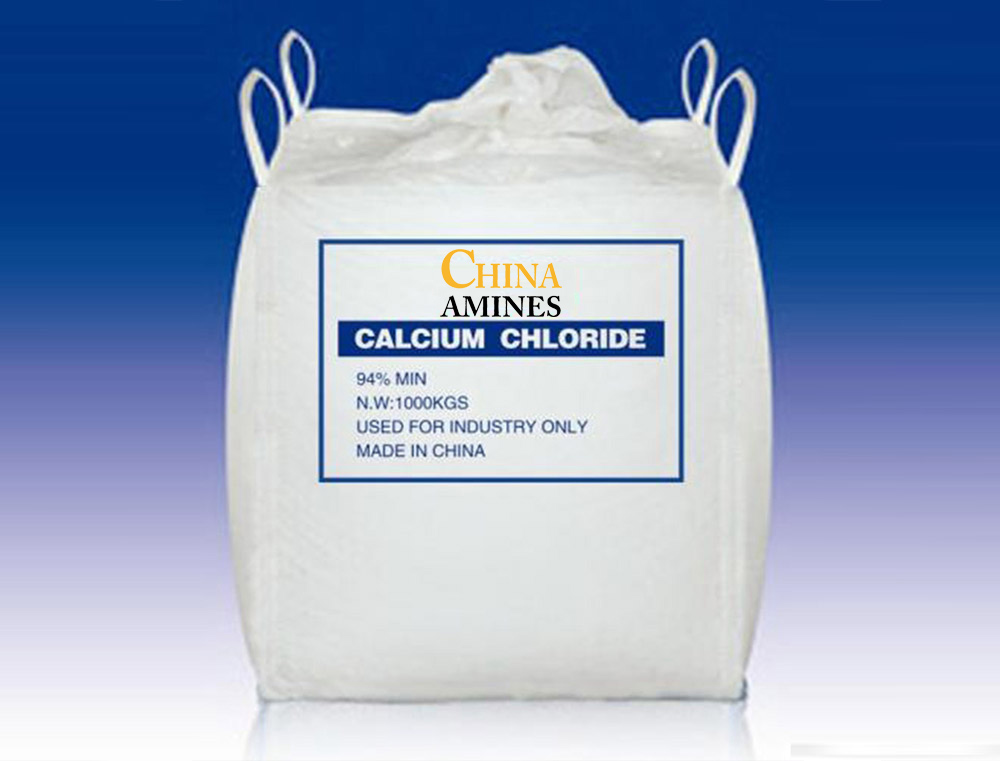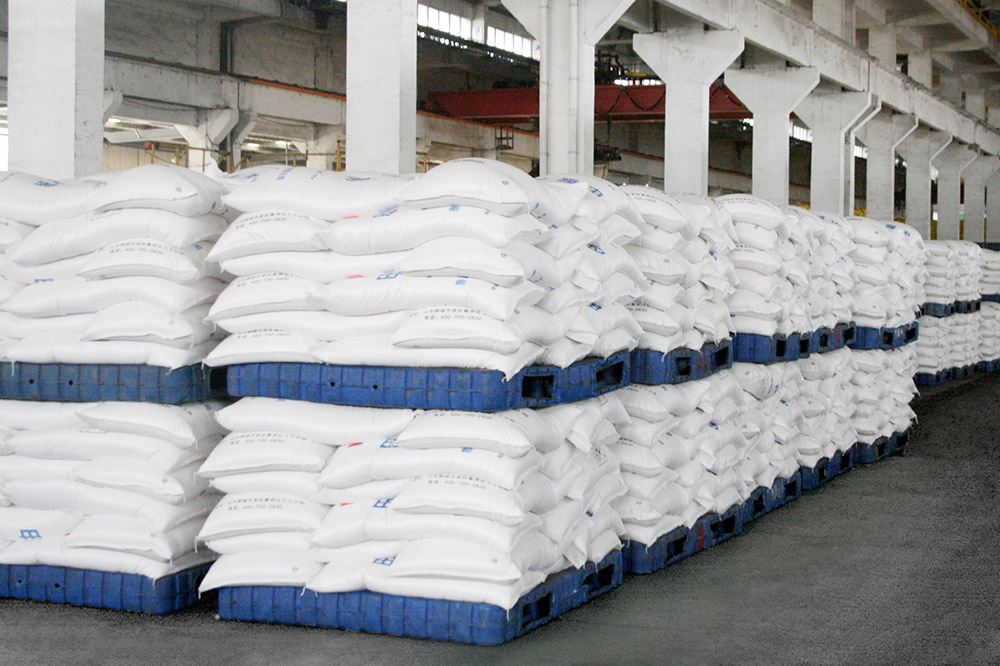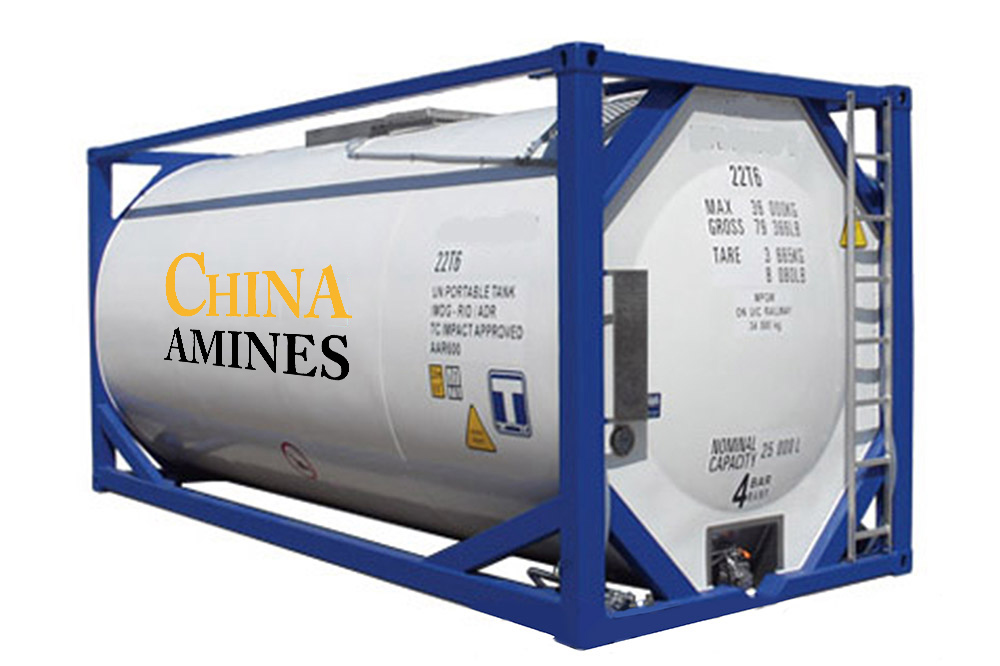1. Chemical Structure and Properties
Molecular Formula: NaHCOO (CHNaO₂)
Structural Formula:
HCOO⁻Na⁺
A sodium salt of formic acid composed of a formate anion and a sodium cation.
Physical Properties:
Appearance: White crystalline powder or granules.
Melting Point: Decomposes at ~253°C; Density: 1.92 g/cm³.
Solubility: Highly soluble in water (97 g/100 mL at 20°C); insoluble in organic solvents.
Chemical Properties:
Stability: Hygroscopic; decomposes upon heating to produce sodium oxalate, carbon monoxide, and hydrogen.
Redox Properties: Acts as a reducing agent in acidic environments.
pH in Solution: Aqueous solutions are slightly alkaline (pH ~8–9).
2. Industrial Applications
Deicing Agents:
Runway & Road Deicing: Environmentally friendly alternative to chlorides, effective down to -20°C.
Oil & Gas Drilling:
Drilling Fluid Additive: Reduces freezing points and stabilizes shale formations.
Leather Tanning:
Pickling Agent: Prevents bacterial growth and adjusts pH during chromium tanning.
Textile & Dyeing:
Reducing Agent: Used in vat dyeing processes to fix colors on fabrics.
Animal Feed:
Preservative & Acidifier: Enhances nutrient absorption and inhibits pathogens in livestock feed.
Chemical Synthesis:
Precursor: Produces formic acid, sodium hydrosulfite, and oxalic acid.
3. Safety and Toxicology
Health Hazards:
Acute Exposure:
Ingestion: Low toxicity (oral LD₅₀ rat: >5,000 mg/kg); may cause gastrointestinal irritation.
Skin/Eye Contact: Mild irritation; rinsing with water is sufficient for decontamination.
Inhalation: Dust may irritate respiratory tract (TLV-TWA: Not established; handle as nuisance dust).
Chronic Effects:
Kidney Stress: Prolonged exposure to high doses may affect renal function in animals.
Carcinogenicity: No evidence of carcinogenic or mutagenic effects (IARC: Not listed).
Protection Measures:
PPE: Gloves, safety goggles, and dust masks for bulk handling.
Storage: Sealed containers in dry, ventilated areas to prevent moisture absorption.
4. Environmental and Regulatory Compliance
Environmental Impact:
Aquatic Toxicity: LC₅₀ (fish, 96h): >1,000 mg/L; low toxicity to aquatic life.
Biodegradability: Rapidly biodegradable (OECD 301F: >90% in 28 days); no bioaccumulation.
Eutrophication Risk: Negligible; does not contribute to nutrient pollution.
Regulatory Frameworks:
EU:
CLP Regulation: Not classified as hazardous; REACH-registered.
USA:
EPA: Listed on TSCA Inventory; exempt from VOC regulations.
China:
GB 13690-2009: Classified as General Chemical (non-hazardous).
Waste Management:
Safe for landfill disposal; water-soluble residues can be treated via biodegradation.
5. Case Studies and Application Insights
Case 1: Eco-Friendly Airport Deicing (Helsinki Airport, 2022):
Application: Replaced urea with sodium formate for runway deicing.
Result: Reduced environmental impact by 50% with comparable ice-melting efficiency.
Case 2: Sustainable Leather Production (Tanneries in Italy, 2021):
Process: Integrated sodium formate in chromium tanning to reduce wastewater salinity.
Outcome: Achieved 30% lower chloride emissions and LEED certification for green practices.
Comparative Analysis:
Sodium Formate vs. Calcium Chloride in Deicing:
Pros: Lower corrosion to concrete/metals; safer for vegetation.
Cons: Higher cost per ton but lower long-term environmental remediation costs.
Specifications:
Sodium Formate is a white crystalline powder with purity ≥98%, commonly used in leather tanning, de-icing agents, and oil drilling fluids, offering excellent solubility and stability for industrial applications.




